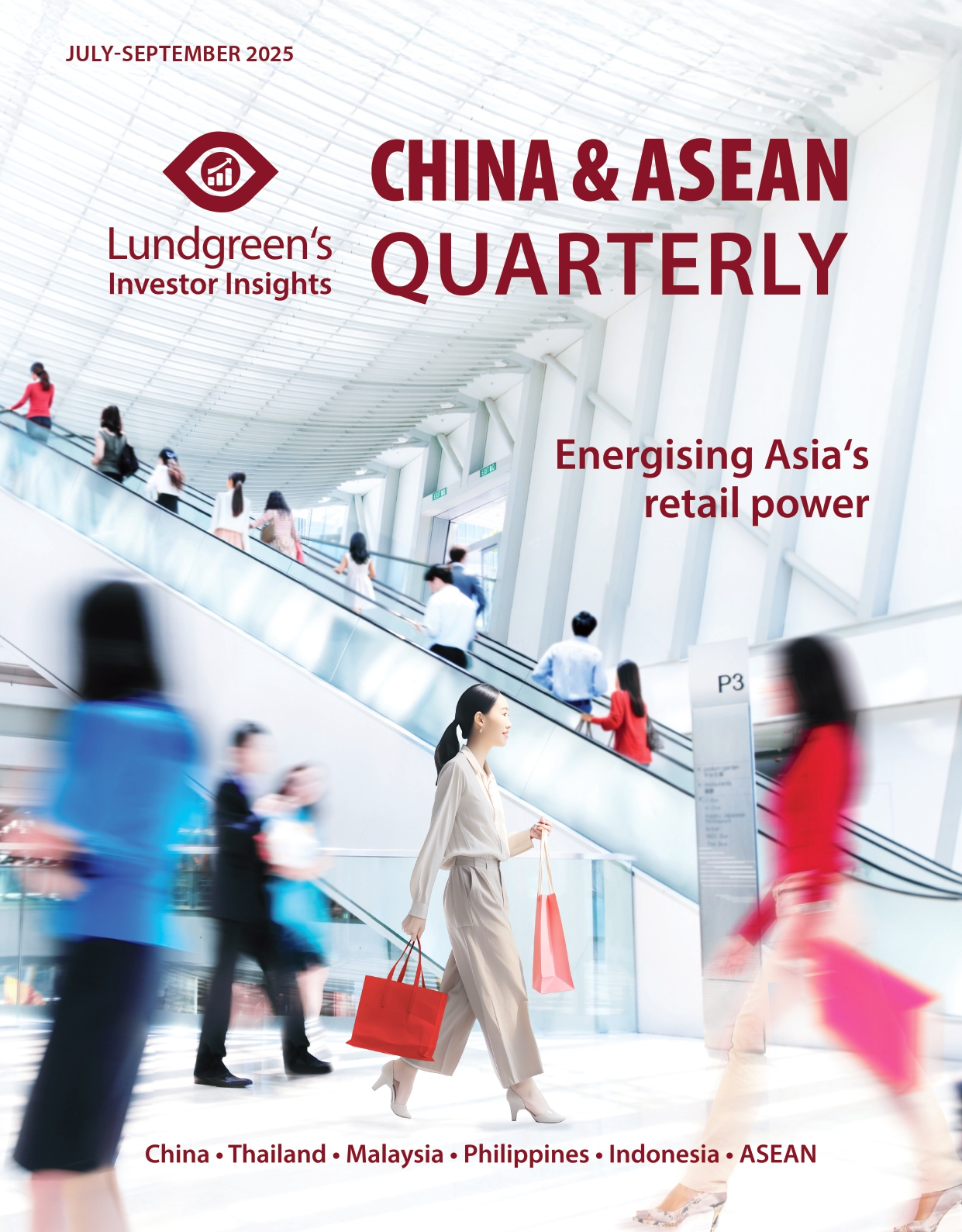Next Week in China: 25-29 August 2025
Major Data Releases:
- 26 August: Hong Kong to report July external trade statistics
- 27 August: China to report July industrial profits
- 29 August: Macau to report July data on external goods trade
- 29 August: Macau to report May to July employment survey data
- 29 August: Taiwan to release proposed 2026 government budget
- 31 August: China to report August Purchasing Managers’ Index (PMI)
Next week will bring a few major data releases as August ends, with only two data points due from Mainland China.
For the PMI, we are expecting a slight improvement in August to hit close to the neutral 50 level. Looking back at July, both macro factors and policy expectations supported the manufacturing sector, and the market remained on a choppy upward trend. The manufacturing PMI came in at 49.3, with overall operations remaining in a stable range. Some positive signs have emerged: the PMI for large enterprises rose to 50.3, remaining in expansion mode for two consecutive months to reflect stronger momentum in production recovery. Services activity stayed at a relatively high level as summer travel, tourism, and consumption continue to pick up, providing positive support to the economy. On the policy front, market expectations were upbeat ahead of key meetings in July, with pronouncements on “anti-involution” and “stabilising the market” bolstering confidence on the pace of China’s economic recovery. The crackdown on price wars may cause a temporary slowdown in production in the short term. However, this can, to some extent, alleviate the harm of low-cost excessive competition among firms amid an oversupply in markets, with a more immediate effect of improving price expectations. The August PMI is expected to benefit from such policies; however, if overall demand does not continue to recover, the sustainability of these measures will be in question.
Regarding the profits of industrial firms above the designated size, we expect the July figure to extend June’s recovery. Data show that Chinese firms recorded total profits of RMB 715.58 billion (USD 99.7 billion) in June, down 4.3 per cent year-on-year, although the decline softened by 4.8 percentage points compared to May. From January to June, these enterprises achieved cumulative profits of RMB 3.44 trillion (USD 478.6 billion), down 1.8 per cent year-on-year. Manufacturing improved significantly in June, with profits reversing from a 4.1 per cent decline in May to a 1.4 per cent growth rate.
New growth drivers represented by the equipment manufacturing sector saw faster income growth, turning a 2.9 per cent decline in May to a 9.6 per cent annualized growth and contributing 3.8 percentage points to the overall growth of industrial profits. Four industries – namely automobiles, electrical machinery, instruments and meters, and metal products – achieved positive profit growth. Notably, passenger car retail, wholesale, and production all hit record highs for the month, riding on the “last train effect” as some auto replacement subsidy programs of select cities approached expiration. As policies to boost consumption and stabilize investments continue to take effect, combined with a reduced drag from producer prices on corporate profits, enterprise profits are expected to continue their recovery in the third quarter, with equipment manufacturing and export-linked chains (such as autos and electronics) remaining the main drivers.
China equities continued their ascent week-on week. As of Thursday, 21 August, the MSCI China Index went up by 0.2 per cent from the previous week’s close. Meanwhile, the Shanghai Composite Index rose by 2.01 per cent, the Shenzhen Component Index climbed by 2.45 per cent, and the ChiNext Index by 2.42 per cent. During this period, large and mid-cap stocks slightly outperformed small-cap stocks. From a style perspective, growth stocks continue to outperform value stocks. Looking ahead, with July’s economic and credit data showed a slowdown, the need for policy support has increased. This has revived expectations for policies to support the economy and boost risk appetite in favour of Chinese assets. The equity market is likely to remain range-bound with a slight bullish bias in the short term as firms cycle between profit and loss and receive incremental capital inflows.
This piece has been co-produced with Yiyi Capital Limited in Hong Kong, a China specialist and a part of a global financial services group.






